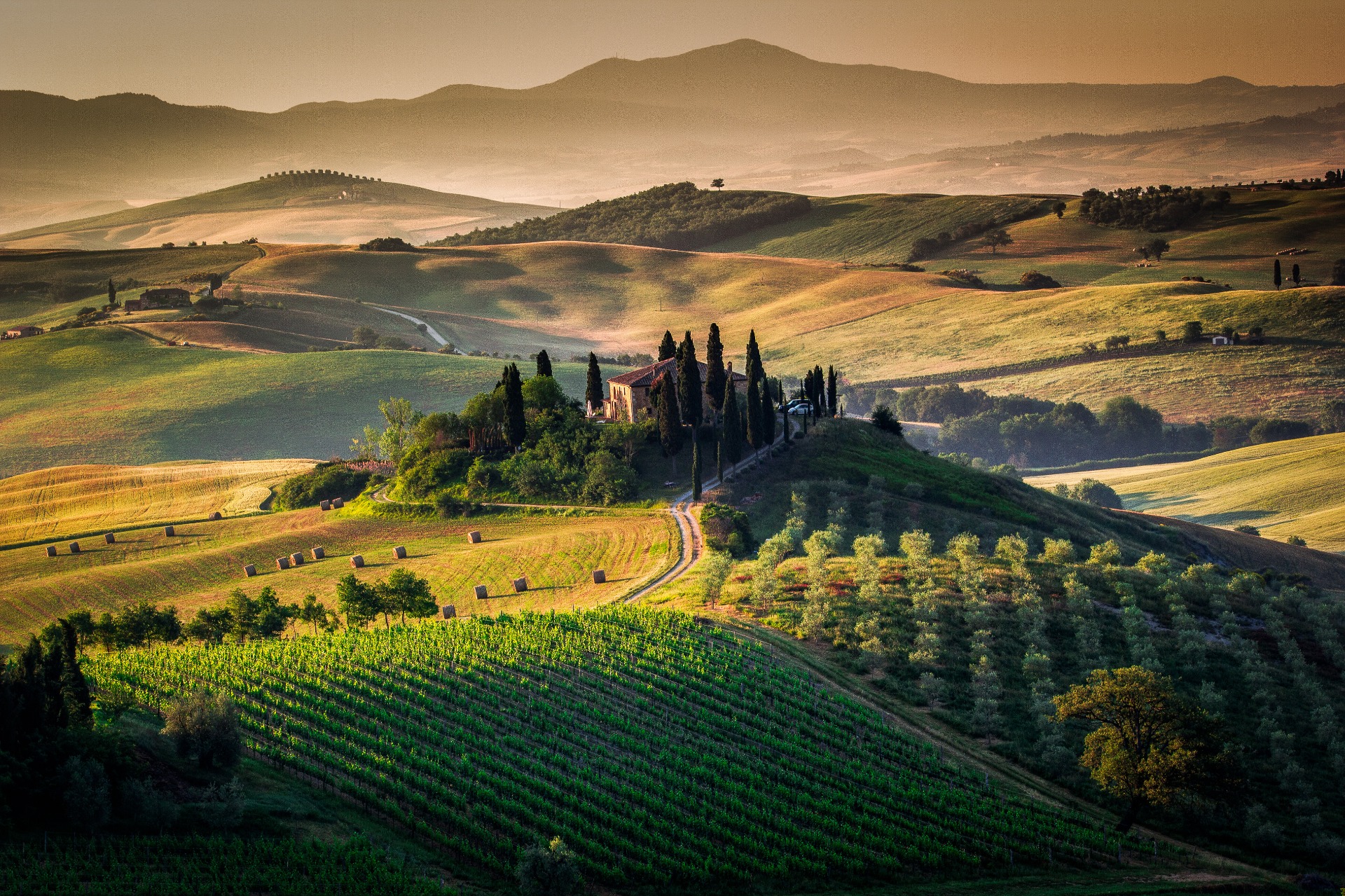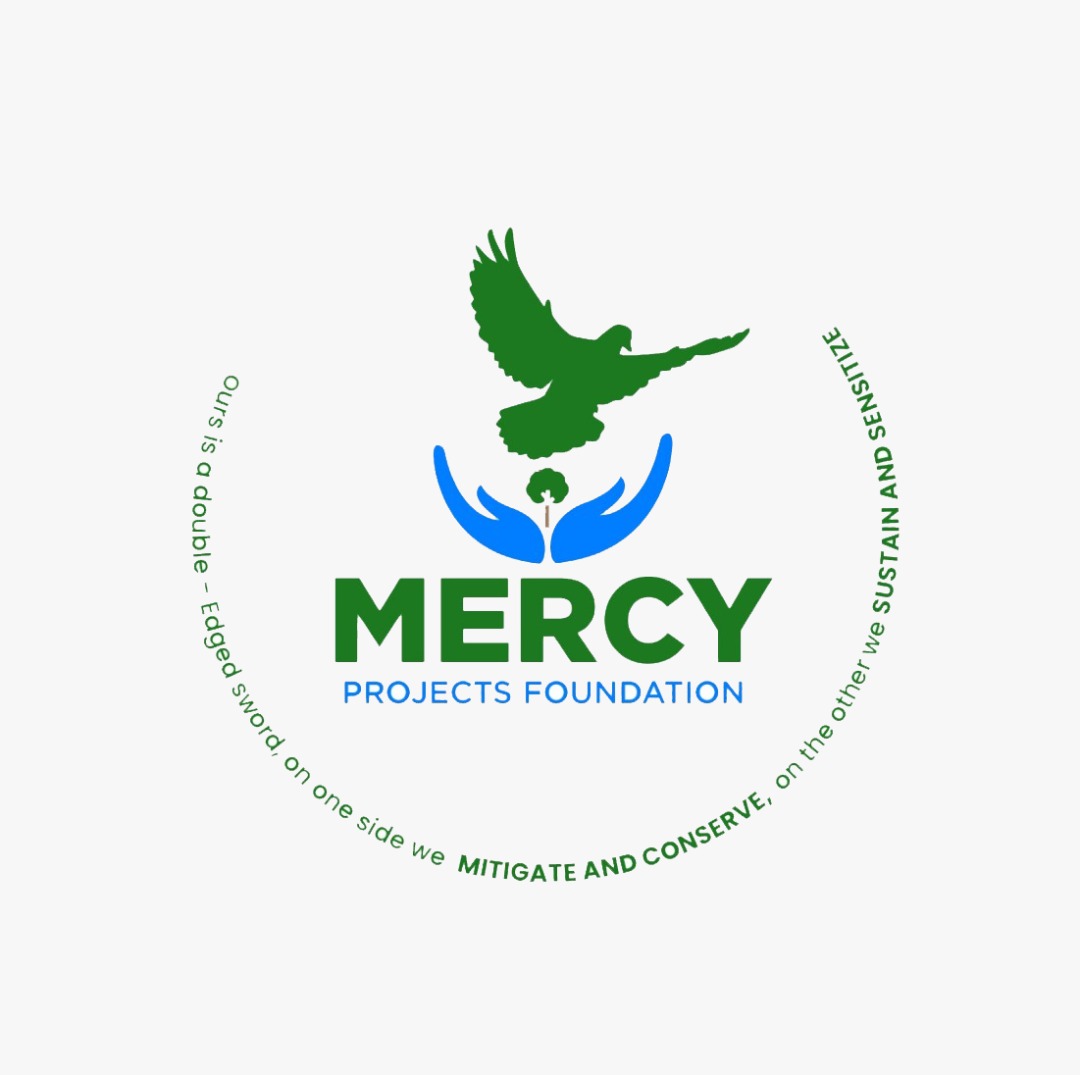
MERCY PROJECTS FOUNDATION
Environment/Climate Change/Sustainable Water Management Solutions/Water Shed Reclamation and Responsible Waste Management
At Mercy Projects Foundation (MPF) we aim at Environmental Conservation, Climate Change mitigation, Sustainable Water Management Solutions, WaterShed Reclamation and Responsible Waste Management. We work with grass root communities to protect the environment in exchange for free tanks to harvest rain water. We have recently added another incentive in exchange for the communities' cooperation with MPF ( Mercy Projects Foundation)-The Solar Powered Stove that uses Volcanic rocks for cooking.
Preservation and protection of our environment is crucial at MPF especially when it comes to the question of trees that are felled relentlessly in the developing countries.
Poor communities tend to cut trees for energy or for income either through charcoal or firewood sales.
We try to suggest alternatives to the use of charcoal and firewood.
At Mercy Projects Foundation, we try to sensitize the communities that we get to work with; about the use of trees and the dangers of deforestation.
We recruit youth volunteers to help sensitize communities, and remind people that the more forest cover we have, the more likely we are to get rain, drop temperatures, regenerate the ecological system and raise the water table.
If we do not do something soon enough, we shall find ourselves in desert areas and all sorts of natural disasters will start to creep in.
At MPF when we thought of ways to involve many people especially grass root communities in the work of environmental conservation without incurring costly systems; the water tanks to harvest rain water came in handy. Rain water is a natural resource that often goes to waste. If we help people with water shortages to tap this resource in exchange for their part to safe guard the environment especially in terms of tree protection /preservation and afforestation, we will be doing our part in the efforts to mitigate climate change atrocities.
BRIQUETTES FOR ENERGY
A briquette is a block of flammable matter used as fuel to start and maintain a fire. Briquettes are a biofuel substitute to coal, firewood and charcoal.
Data compiled by the World Resources Institute reveals that the planet has already lost 80 per cent of its forest cover to deforestation. Uganda had more than five million hectares of forest in 1990, but only 3.5 million hectares remained by 2005.
Today local women in Uganda have turned banana peelings into briquettes to replace firewood, charcoal and coal. The banana peels are sun dried for hours until stiff. They are then burnt to ash. They can also be put in an oven till they burn instead of sun drying. After the ash is ready, it is mixed with cassava flour. The cassava flour is cheaper than the molasses. (Briquettes that have been bound with molasses are more durable than the ones made with cassava flour.)This mixture is then added to water to help it stick well. The solution is then poured into a machine that helps to partition the product into briquettes. Some use bare hands to roll the solution into balls. These balls which will be used for cooking or warming are left to dry under a shed. This time not under the sun because they can crack. After that, the finished product is ready for use. The finished product is what is called now banana briquettes.
PLEASE HOVER YOUR CURSOR OVER THE PICTURES/PHOTOS BELOW FOR A DESCRIPTION



- There are two types of biofuel briquettes: a) Carbonized b) non-carbonized.
- Carbonized briquettes go through fire. The finished product is smoke free compared to the non-carbonized that give off smoke. The non-carbonized do not go through fire. Instead they are placed into a machine that subjects them to a very high temperature which gives them the compact nature suitable for sturdiness during the cooking process.
- Carbonized briquettes are more expensive because of the cost of making them. All the raw materials used, have to be bought. Molasses and banana peels have to be bought. The complete process is also more labor intensive; they have six (6) big processes before completion. (Collection of green banana peels from different areas, storage in composite pits for a week, binding with molasses, (these have to be bought from sugarcane factories) cooking in big metallic drums, rolling with hands or dropping them in a shaping machine and packing the finished product. Their advantage is that they are smoke free. Please note that the reason they use molasses is because it sticks so well and it gives them the strength to last longer when exposed to heat. Anthill soil or any other soil if used as a binder, tends to give off some bad smell. Molasses are odor free. These carbonized briquettes can be used at home or in a commercial area.
- Alternatively the banana peels can be collected from different locations, dried under the sun, crushed to powder, bound with molasses plus a little water, roll with hands or place in a machine for shaping, dry again under a shed and lastly pack the finished product. These are seven steps.
- They should not be exposed to any kind/form of moisture.
- WARNING: During the sorting process of the banana peels, some workers are not so diligent. Materials other than the organic banana peels may be found. So caution during the lighting of these briquettes should be exercised. After lighting them with either material the user finds convenient, they should stand away from them till they are hot enough to start the cooking/boiling process.
- The non-carbonized have four (4) processes before complete production. (Sun-drying of coffee husks and wood saw, separation from other materials, high heat pressing and packing. In terms of labor, they need less compared to the carbonized. Please note that with these, they use mainly wood saw which is a by-product of trees. They say it is readily available because it is waste material from furniture or carpentry workshops. The disadvantage is that they give off smoke just like fire wood. Can only be used in commercial areas where people have kitchens with chimneys.
- Before insertion in the machine for binding, the level of moisture must be 13%
- They should not be exposed to any kind/form of moisture. They revert to their original form.
MERCY PROJECTS FOUNDATION (MPF) PLAN WITH BRIQUETTES IN EAST AFRICA
To encourage grass root communities or the poor people in rural areas to use briquettes instead of coal, charcoal or firewood.
HOW WILL MPF DO THIS IN EAST AFRICA?
- We encourage the sellers of the briquettes to use a big registration book for registering buyers.
- The idea is to record buyers that can make 30 times of purchase of these briquettes from each particular seller.
- The use of the big registration book is to save on receipts because it is also paper which is made from trees.
- The sellers register their customers' names and contact information.
- At Mercy Projects Foundation we keep a record of the different sellers.
- We then call these sellers every after six months to tell us which customers have made 30 times of purchase of the briquettes.
- We at MPF then make surprise calls to these buyers who have made 30 times purchases of briquettes. We tell them that we want to thank them for the work of saving the environment through their continued purchase of banana briquettes by giving them a gift; the gift of a free 5000 liter water tank to harvest rain water.
Briquettes on display
The finished product as displayed by the women

The background of this photo/picture reflects the banana peels or skins that are used by the local village women. These peels are in the first stage-sun drying. They normally use green banana peels as opposed to the ripe banana peels.

